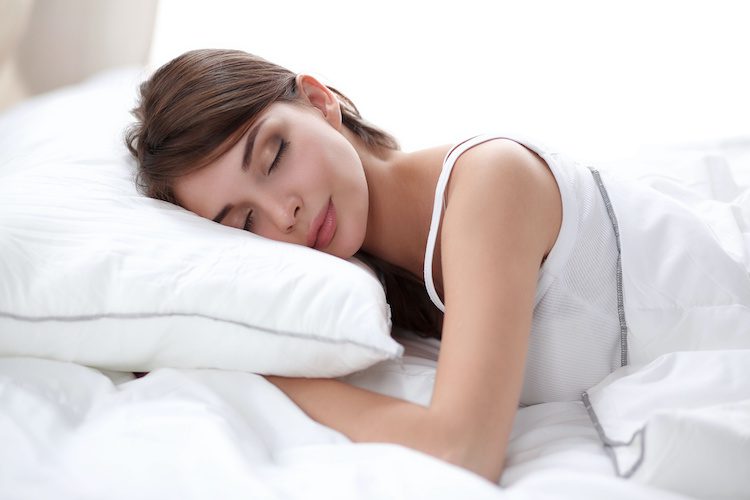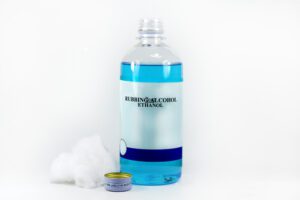Bed Bugs in Pillows is the focus of this article. Pillows make a good hiding and breeding spots for bed bugs. They are close to where people spend most of their time, and this means, it gives easy access to blood meals for bed bugs.
Bites on the neck and head are often a good sign of bed bugs infestation. Although, when it comes to bites, people don’t usually show any reaction except a couple of days after the incident. Typical bed bug bite comes out as red bumps in a row.
If you observe any bites on your body and you suspect it to be that of bed bugs, check for bed bug signs on your pillow such as fecal stains, blood stains, eggs, and the smell of wet towels. These signs indicate the presence of bed bugs
Laundering of pillows often provides short-term solutions for bed bugs. Employing the services of a professional pest control management gives you a good chance of eradicating any bed bug infestation in your home. Contact your local pest controller to carry out an extensive inspection and treatment of your home.
Bed Bugs in Comforters
Because of their small stature and the flat body surface, bed bugs can easily hide in tiny places undetected. They emerge from these small places at night to find a host to feed on. Some of these places include; crevices, cracks, cabinets, carpets, clutters and many more. Also, comforters are also good hiding and breeding places for bed bugs.
To ensure your comforter is free from any bed bug, place it in a dryer and heat to a high temperature. This will kill any bed bug, nymphs or eggs present.
If you eliminated all bed bugs in your bedding and fabrics, seal them in an airtight plastic bag. Avoid using bugs sprays as they are ineffective against bed bugs and some can be harmful and produce an offensive odor.
Bed bugs can be difficult to control using DIY methods. For proper and effective control, use a professional bed bugs controller.
Bed Bugs in Mattress Covers
Bed bugs prefer small secluded places where they can hide, breed and rest. Some of these places include crevices and cracks found around the bedroom and of course mattress covers. Mattress covers that are infested often have signs of bed bug infestation such as fecal stains, blood stains, skin sheds, eggs and sometimes the bed bugs themselves. Mattress covers provide a good hiding place for bed bugs because they are close to the where people often spend most of their time. This makes it easy for bed bugs to feed without using excessive energy to get their blood meal.
In treating infested mattress covers, bug sprays are usually ineffective when it comes to treating large infestations. Laundering and vacuuming at extreme temperatures typically provide a short-term solution. Once you notice bed bugs on your mattress covers chances are the mattress itself is infested or somewhere in the house is infested. If you observe any sign of bed bugs, contact a professional bed bug controller to carry out an extensive evaluation. Read More…



